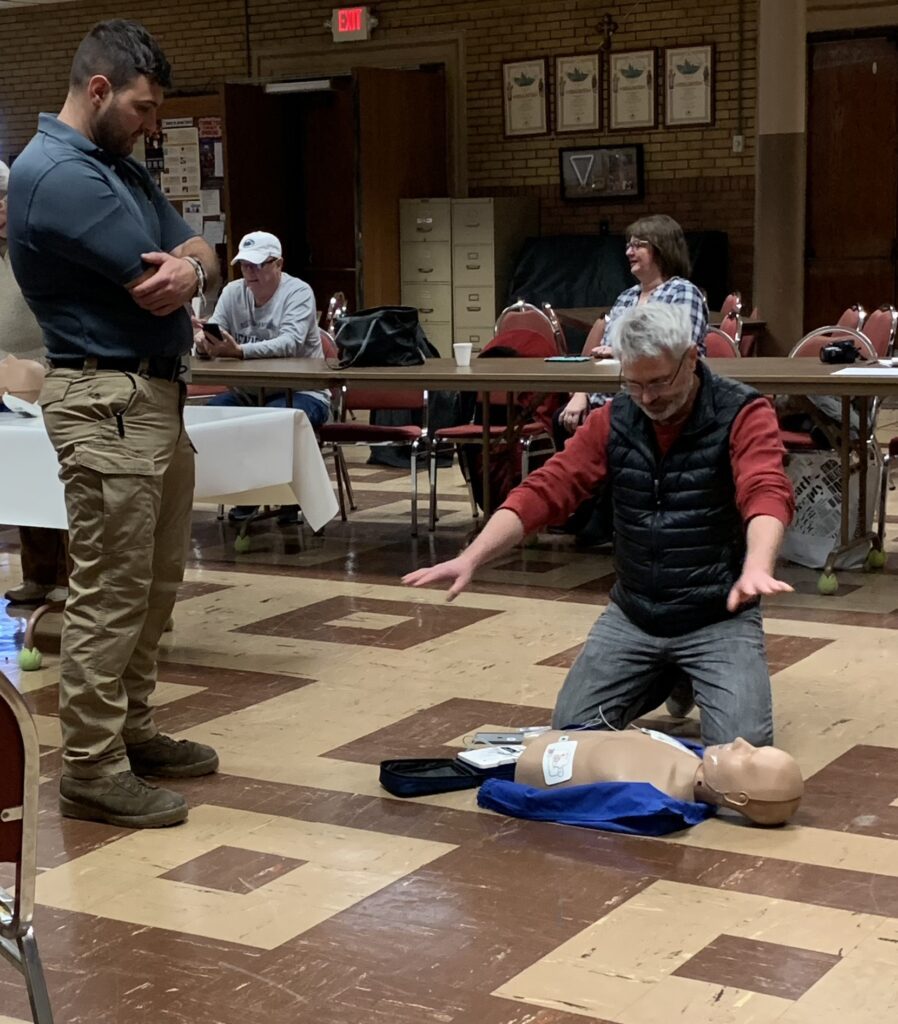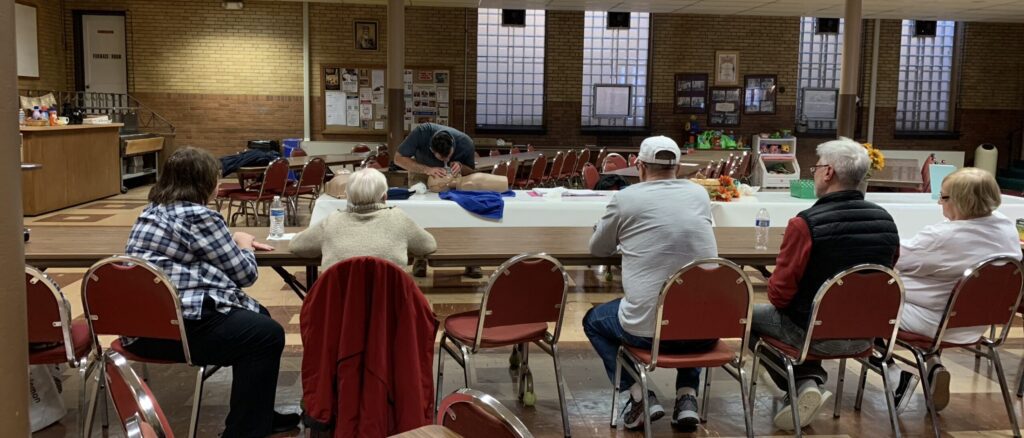
Steps of CPR:
Performing CPR involves a sequence of steps designed to maximize the chances of survival. In this section, we outline the essential steps of CPR:
- Step 1: Assess the situation and check for responsiveness.
- Step 2: Call for help or ask someone nearby to call emergency services.
- Step 3: Open the airway by tilting the head back and lifting the chin.
- Step 4: Perform rescue breaths by pinching the nose and covering the person’s mouth with yours.
- Step 5: Administer chest compressions by placing your hands on the center of the chest and pushing hard and fast.
- Step 6: Continue cycles of compressions and rescue breaths until help arrives or the person shows signs of recovery.
Click here for a wonderful visual guard of these steps in order!
Benefits of Learning CPR:

Learning CPR provides numerous benefits beyond the ability to save lives. This section highlights some of the key advantages:
- Immediate Response: Having CPR knowledge empowers individuals to take immediate action during emergencies, increasing the chances of survival.
- Confidence in Emergencies: CPR training instills confidence in individuals, enabling them to respond effectively and calmly during high-pressure situations.
- Empowering Communities: Widespread CPR training within communities can create a network of potential life-savers, significantly impacting survival rates.
- Workplace Safety: CPR training is essential for certain professions, such as healthcare workers, teachers, and lifeguards, ensuring a safer environment for both employees and the public.
Importance of CPR Training:
While understanding the basic concepts of CPR is valuable, undergoing proper CPR training is essential. In this section, we emphasize the importance of CPR training and its impact on the ability to respond effectively in critical situations. CPR training equips individuals with practical skills, increases their knowledge of proper techniques, and builds confidence through hands-on practice. Training sessions provide insights into various scenarios and equip participants to adapt their skills based on the victim’s age, condition, or any additional complications.
Conclusion:
CPR is not merely a life-saving technique; it is an invaluable skill that can make a difference in emergencies. Understanding the steps of CPR, its benefits, and the significance of proper training are vital for everyone. By being prepared and knowledgeable, you have the power to save lives and contribute to a safer community. Take the first step today by enrolling in a CPR training course or refreshing your existing skills. Remember, your actions can be the difference between life and loss. Together, let’s make CPR an essential part of our lives.
Book an all age BLS course today at www.specialtasksgroupsecurity.com

Recent Comments